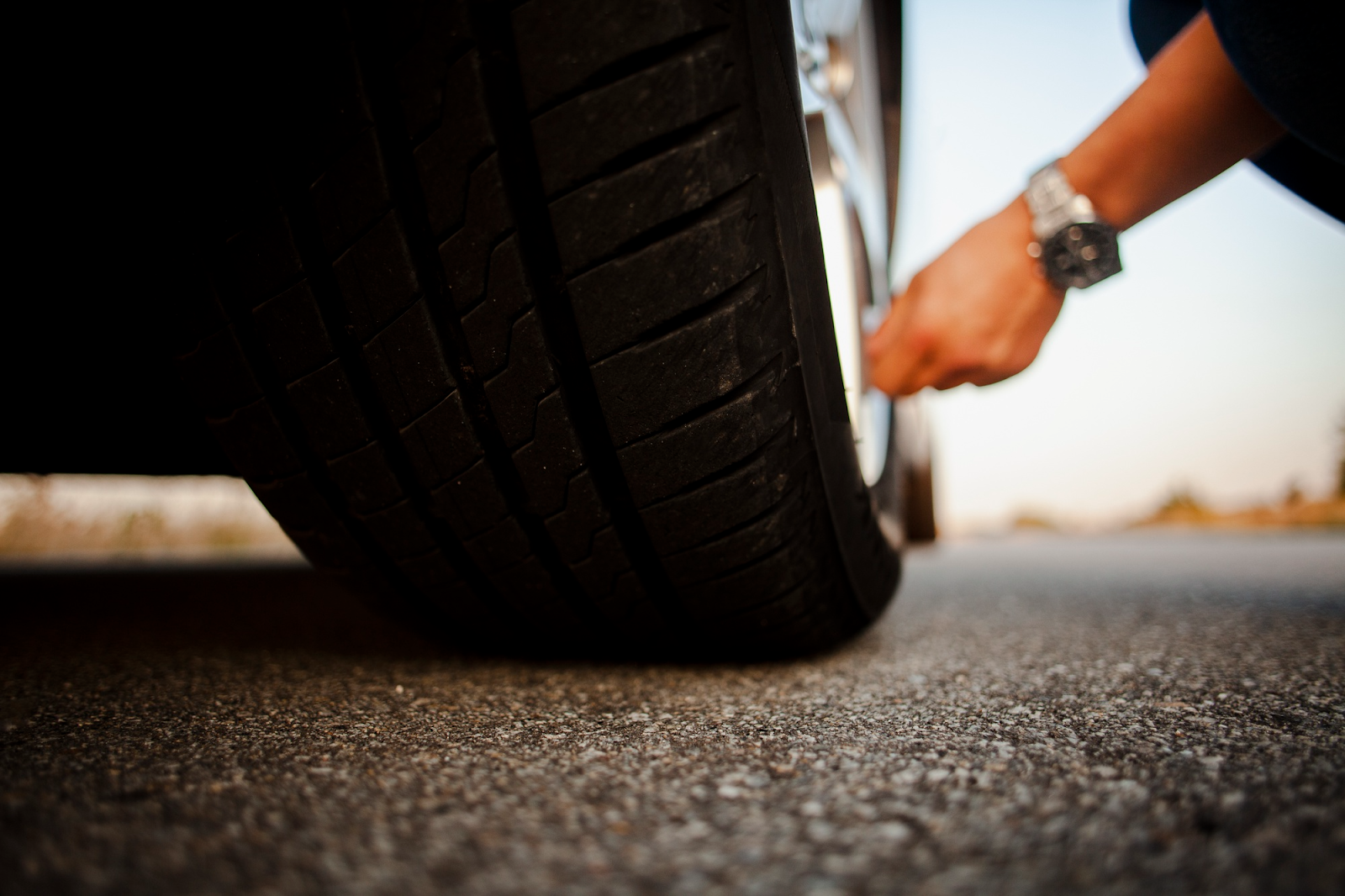As you cruise down the open road, your vehicle’s performance relies on a delicate dance between various components. Two crucial players in this automotive symphony are wheel alignment and wheel balancing. Although these terms are often used interchangeably, they address distinct aspects of your vehicle’s handling and stability. In this exploration, we will uncover the differences between wheel alignment and wheel balancing and understand how they contribute to a smoother, safer ride.
The Basics
Let’s start with the fundamentals. Wheel alignment and wheel balancing serve different purposes but are equally important for optimal vehicle performance.
What is Wheel Alignment?
Imagine your car as an arrow. Wheel alignment ensures that this arrow points in the right direction. When your wheels are properly aligned, they are set at precise angles, ensuring that your vehicle moves in a straight line and handles turns with ease. Misaligned wheels can result from factors like potholes, rough terrain, or even minor collisions. Signs of misalignment include uneven tire wear, a crooked steering wheel when driving straight, or the vehicle pulling to one side.
What is Wheel Balancing?
On the other hand, wheel balancing deals with the even distribution of weight around the tire and wheel assembly. When your tires and wheels are imbalanced, it can lead to vibrations, uneven tire wear, and a less stable ride. Over time, imbalances may cause damage to suspension components and negatively impact your vehicle’s handling. Common signs of wheel imbalance include vibrations in the steering wheel or the vehicle itself, especially at higher speeds.
The Process
Understanding the distinctions in the processes for wheel alignment and wheel balancing helps demystify their roles in maintaining a well-functioning vehicle.
Wheel Alignment Process
Wheel alignment involves adjusting the angles of the wheels to meet manufacturer specifications. A professional mechanic will use specialized equipment to measure and adjust the caster, camber, and toe angles. Caster refers to the angle of the steering axis, camber to the tilt of the wheel, and toe to the direction the wheels point concerning each other.
Wheel Balancing Process
Wheel balancing focuses on distributing the weight evenly around the tire and wheel assembly. Mechanics use a balancing machine to identify imbalances, usually caused by variations in tire and wheel weight. Counterweights are then added to balance the assembly, ensuring smooth rotation and eliminating vibrations.
Impact on Vehicle Performance
Proper wheel alignment and balancing contribute significantly to your vehicle’s overall performance, safety, and longevity.
Benefits of Wheel Alignment
- Improved Handling: Proper alignment enhances your vehicle’s handling and responsiveness, making it easier to control.
- Even Tire Wear: Correct alignment ensures that tires wear evenly, extending their lifespan and saving you money on replacements.
- Fuel Efficiency: A well-aligned vehicle experiences less resistance, resulting in improved fuel efficiency.
Benefits of Wheel Balancing
- Smoother Ride: Balanced wheels eliminate vibrations, providing a smoother and more comfortable driving experience.
- Reduced Wear and Tear: Balanced wheels reduce stress on suspension components, preventing premature wear and tear.
- Enhanced Safety: A balanced vehicle is more stable, reducing the risk of accidents caused by poor handling.
Conclusion
In the intricate world of automotive maintenance, understanding the difference between wheel alignment and wheel balancing is crucial for preserving your vehicle’s health and performance. While alignment ensures your vehicle moves in the right direction, balancing guarantees a smooth and stable ride. Both processes, when performed regularly, contribute to a safer, more efficient, and enjoyable driving experience. So, the next time you hit the road, remember that the key to a well-rounded ride lies in the harmony of wheel alignment and wheel balancing. Contact us for more information.





